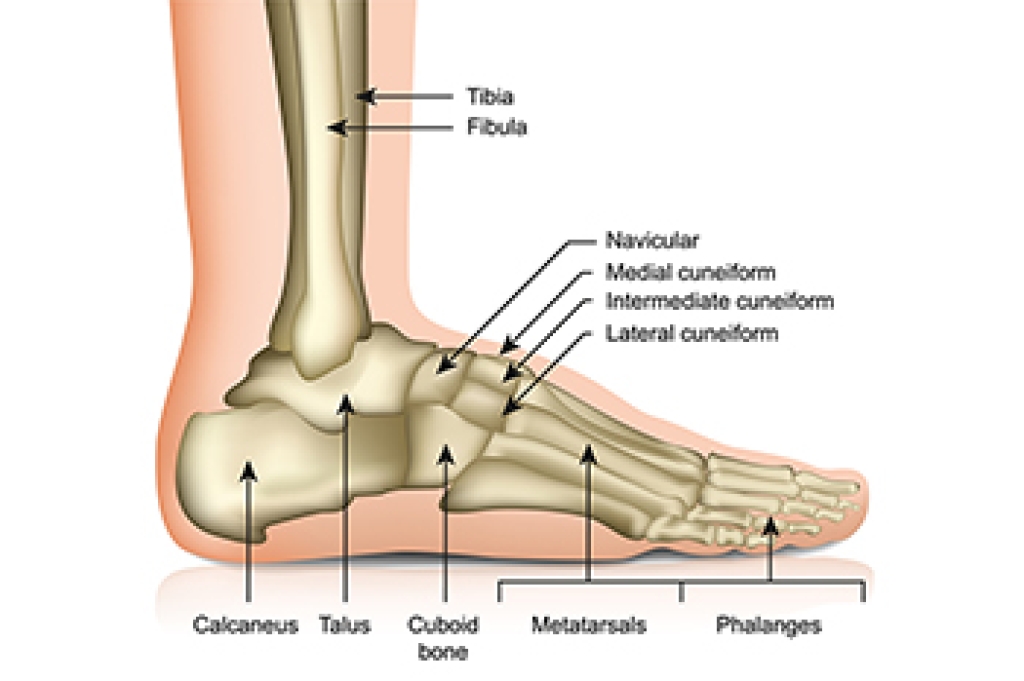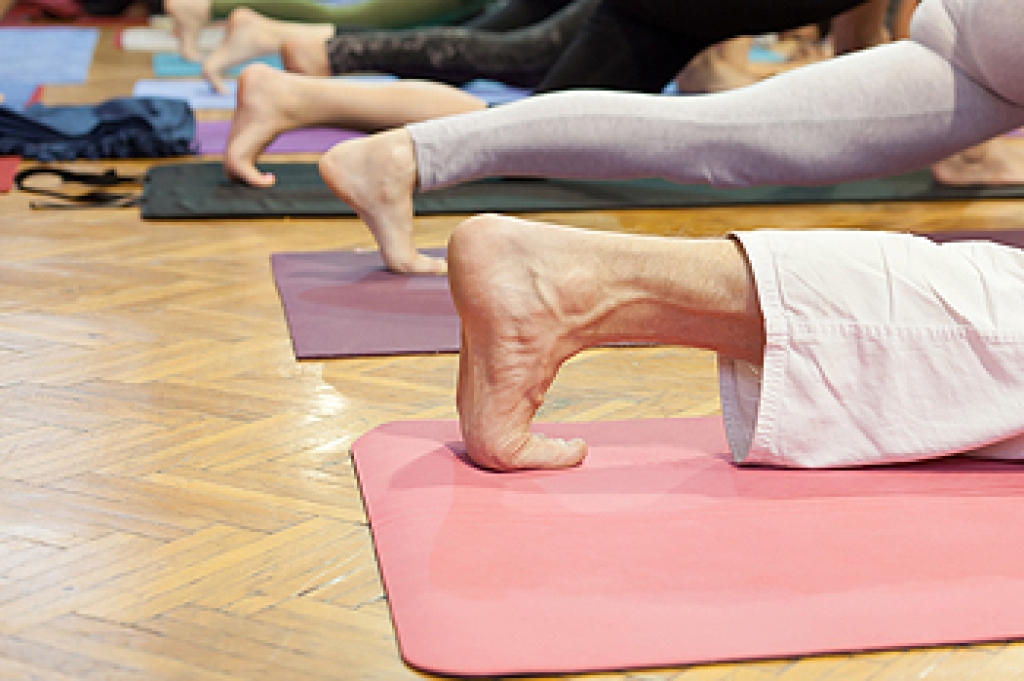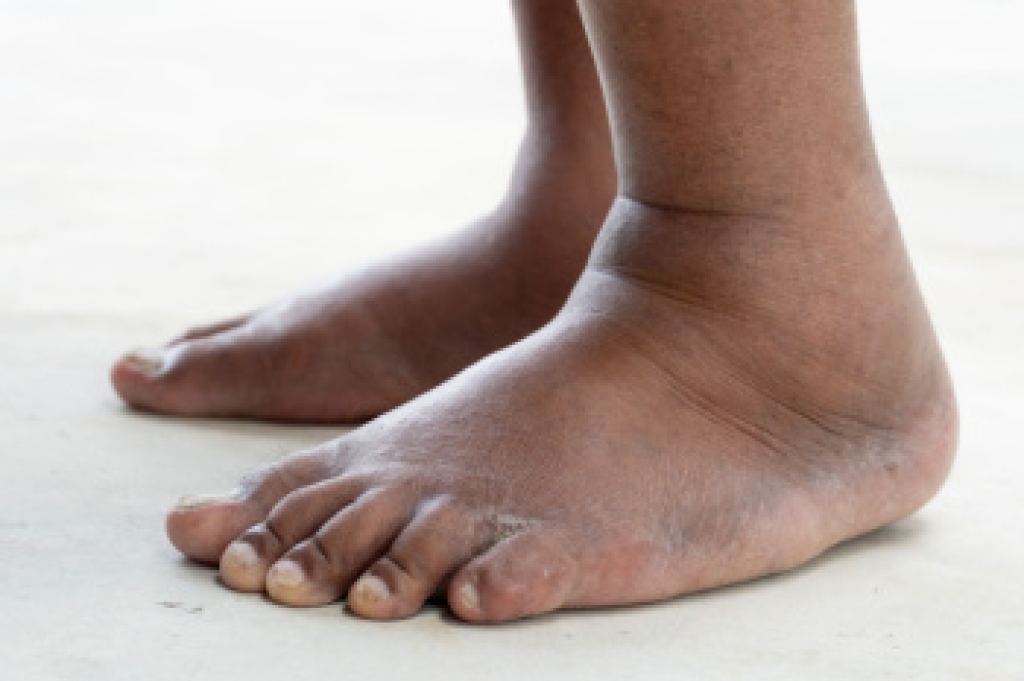
Mid-foot stress fractures in runners often involve the navicular bone, which lies between the ankle and the front of the foot. Repetitive impact from running can place excessive pressure on this bone. This often happens during foot strike, when the navicular becomes trapped between the talus and the cuneiform bones. The resulting pressure can eventually cause a small crack to form, which leads to pain on the top or inner side of the mid-foot. Because these mid-foot stress fractures are difficult to detect on standard X-rays, advanced imaging, such as a CT scan or MRI, is often needed to confirm the diagnosis. Without proper care, the fracture can become worse or heal improperly, resulting in long-term pain or weakness. A podiatrist can assess the injury, ensure accurate imaging, and recommend appropriate treatment or surgery if needed. If you have mid-foot pain while running, it is suggested that you make an appointment with a podiatrist for a diagnosis and suggested treatment.
Stress fractures occur when there is a tiny crack within a bone. To learn more, contact Dr. George Yarnell from Pennsylvania. Our doctor can provide the care you need to keep you pain free and on your feet.
How Are They Caused?
Stress fractures are the result of repetitive force being placed on the bone. Since the lower leg and feet often carry most of the body’s weight, stress fractures are likely to occur in these areas. If you rush into a new exercise, you are more likely to develop a stress fracture since you are starting too much, too soon. Pain resulting from stress fractures may go unnoticed at first, however it may start to worsen over time.
Risk Factors
- Gender – They are more commonly found in women compared to men.
- Foot Problems – People with unusual arches in their feet are more likely to develop stress fractures.
- Certain Sports – Dancers, gymnasts, tennis players, runners, and basketball players are more likely to develop stress fractures.
- Lack of Nutrients – A lack of vitamin D and calcium may weaken the bones and make you more prone to stress fractures
- Weak Bones – Osteoporosis can weaken the bones therefore resulting in stress fractures
Stress fractures do not always heal properly, so it is important that you seek help from a podiatrist if you suspect you may have one. Ignoring your stress fracture may cause it to worsen, and you may develop chronic pain as well as additional fractures.
If you have any questions please contact our office located in Lansdowne, PA . We offer the newest diagnostic and treatment technologies for all your foot and ankle needs.








